Cytosporosis and rust quite often affect apples and pears. Having determined the disease correctly and using the necessary means, you can forget about these unpleasant diseases and get a good harvest. Of course, not only diseases affect the plant’s productivity, but also the variety, weather conditions, fertilizers and much more. You can read more in the article at the link that describes the secrets of getting a good harvest with apple trees.
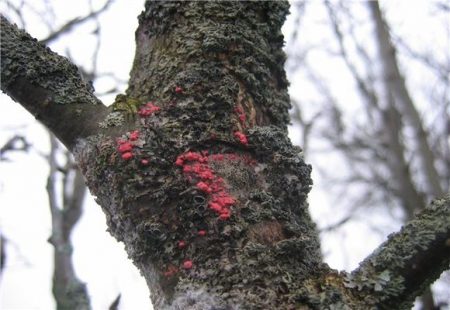
Cytosporosis - how to determine
This fairly common disease affects fruit bark in the central and more northern regions of the European part of Russia. Signs of the disease are similar to black cancer. On the stem and on the bark of the skeletal branches, a slightly indented rust spot is first formed. Cracks appear on the border between the affected and healthy tissues. The tissues of the bark, when separated from the wood, are macerated. The pycnids, or the spores of the fungus, in the form of black tubercles are located on the cortex without special order in contrast to the black cancer, in which they are smaller and are usually located around the site of primary infection. The cytospore fungus first affects the branches, wounded or damaged by frost, and then passes on to healthy tissues.
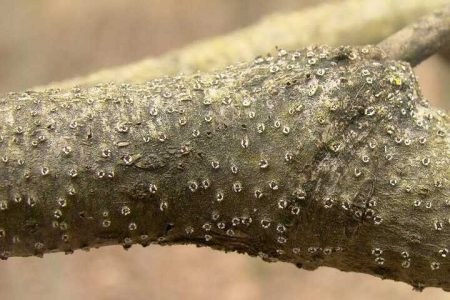
Methods of struggle
Removing and burning affected branches and whitewashing trunks with lime mortar. Good results are obtained by coating the wounds with garden var - petrolatum, which is applied 3-4 days after trimming with a layer of up to 3 mm. During sap flow, petrolatum should not be used. To smear wounds, the SM preparation is successfully used. This is a thick gray paste, which is applied to the surface of the cut with a brush or stick. The paste does not spread and after a few hours hardens, is resistant to precipitation. The drug promotes the formation of callus on fresh slices. Callus, formed under the film of the drug, has a denser consistency, is well hardened and is characterized by high winter hardiness.
Rust of apple and pear
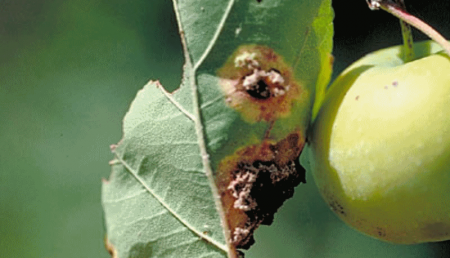
This disease has the appearance of rounded orange spots on top of the leaf. In July, cone-shaped growths appear on the bottom of the affected leaf - accumulations of rust spores. But these spores cannot infect leaves. In order to develop further, they need to be on juniper, spores of apple rust on juniper, and spores of rust on pears on Cossack juniper. Here, they germinate, which leads to wintering mycelium. In the spring, gelatinous growths - clusters of spores - appear on the infected juniper. These spores, carried by wind or rain on an apple or pear, sprout and infect them.
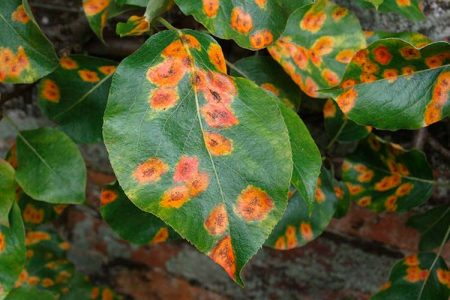
A strong development of the disease with rust is accompanied by damage to both leaves and shoots. Juniper is destroyed near the gardens, high protective strips are planted to protect the fungus spores from skidding. Three times spraying the garden with 1% percent Bordeaux liquid, polycarbacin (0.4 percent), suspensions of cineb (0.4 percent), colloidal sulfur (1 percent) or other fungicides. The initial processing is carried out in the phase of the green cone, the subsequent one to two weeks later (before flowering and immediately after). Polycarbacin penetrates into the internal tissues of the plant and protects against infection by parasitic microorganisms. "Blue" spraying gives good results, t.e spraying trees with a high concentration of Bordeaux fluid (4 percent) at the very beginning of the budding period.

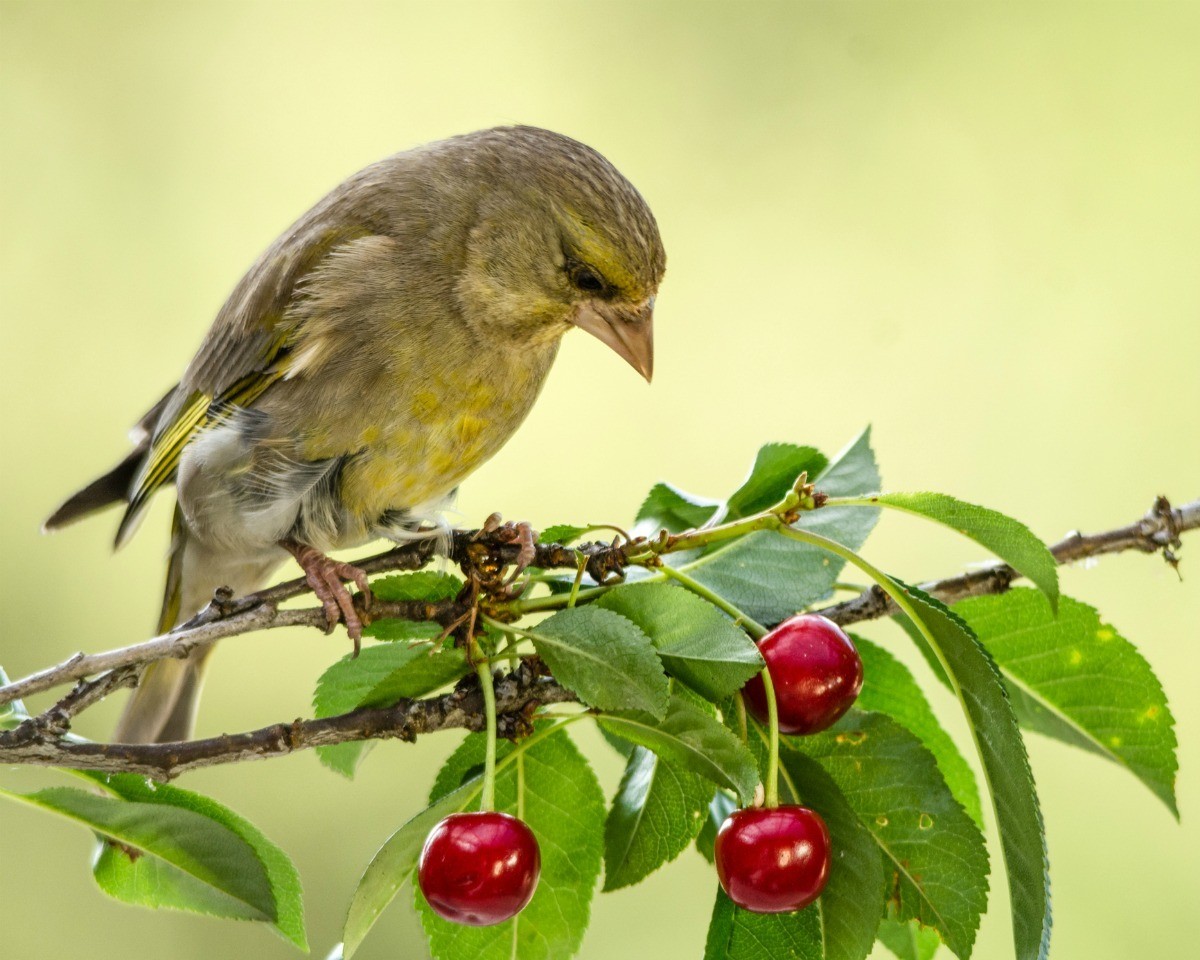
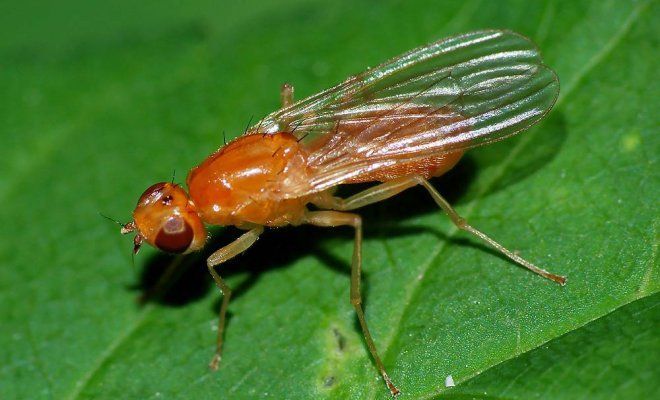
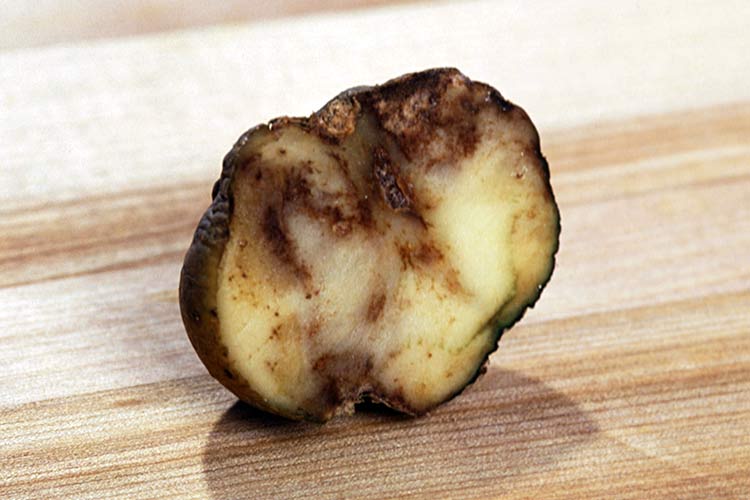
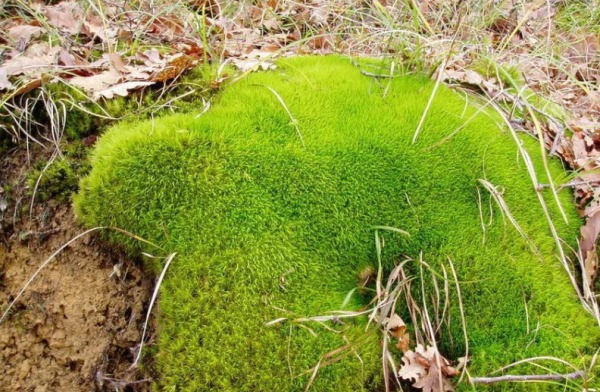 Where does moss come from in the garden and is it necessary to get rid of it?
Where does moss come from in the garden and is it necessary to get rid of it?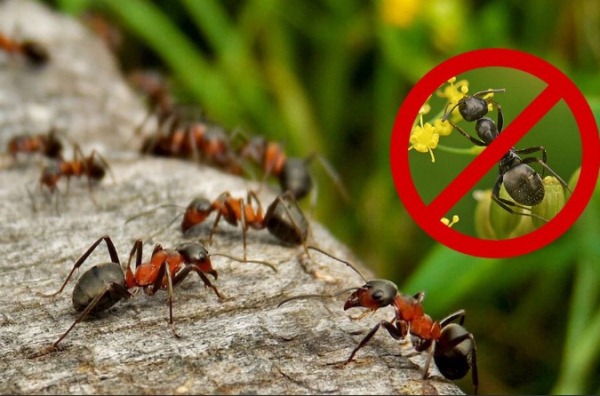 The most effective ways to deal with ants in the area
The most effective ways to deal with ants in the area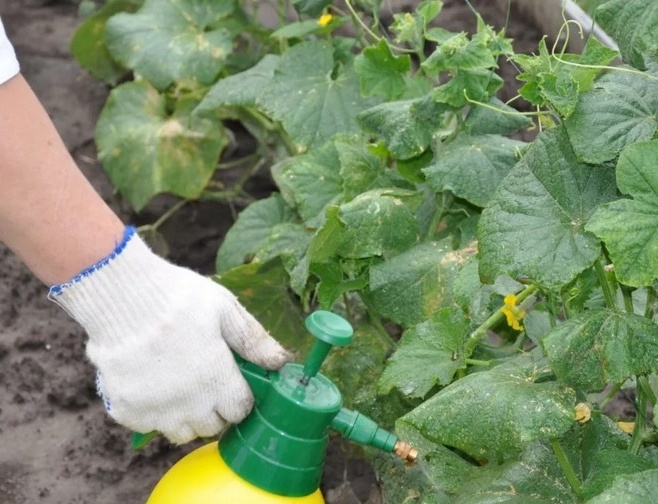 Cockchafer and Bear: An Easy Way to Save Plant Roots
Cockchafer and Bear: An Easy Way to Save Plant Roots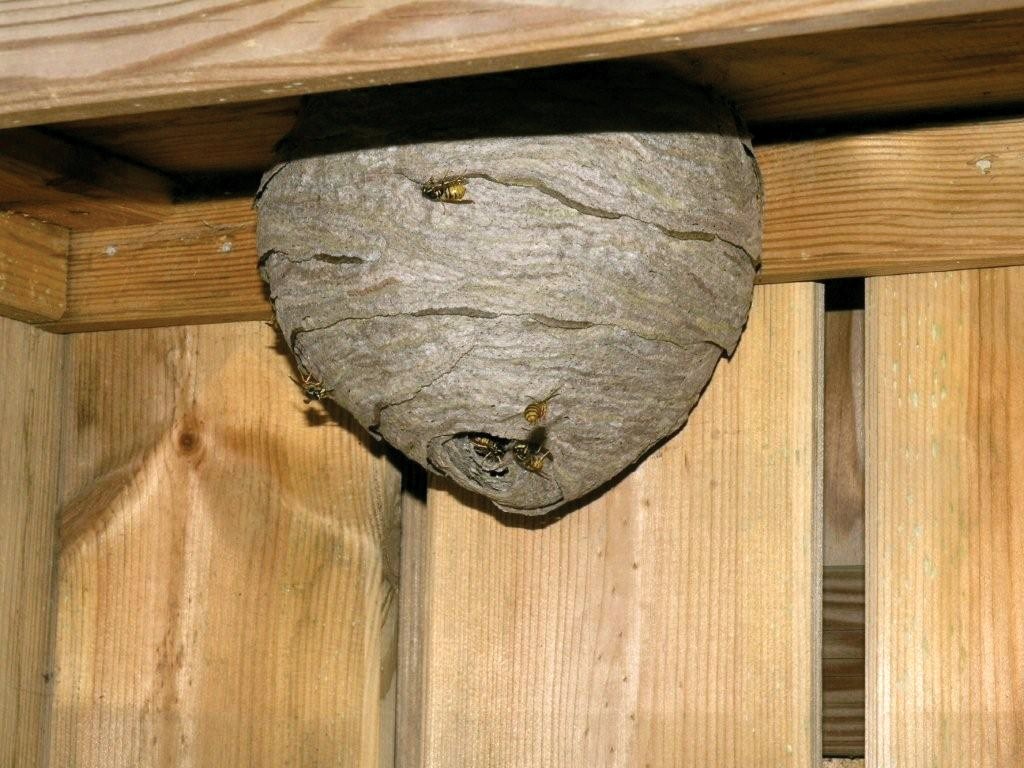 Get rid of the aspen nest quickly and safely.
Get rid of the aspen nest quickly and safely.